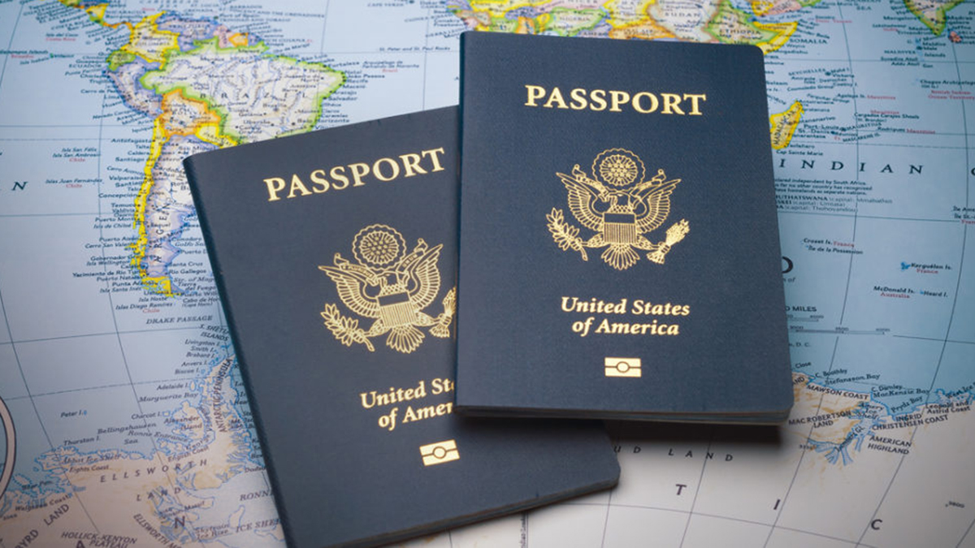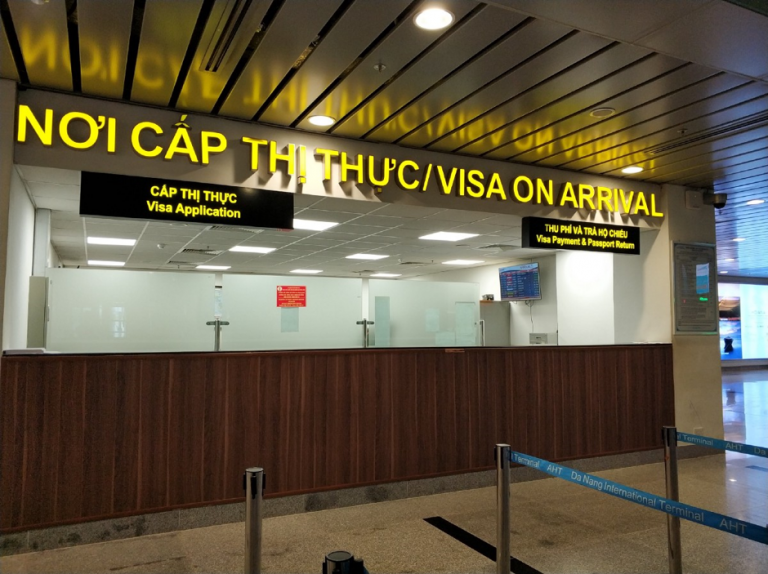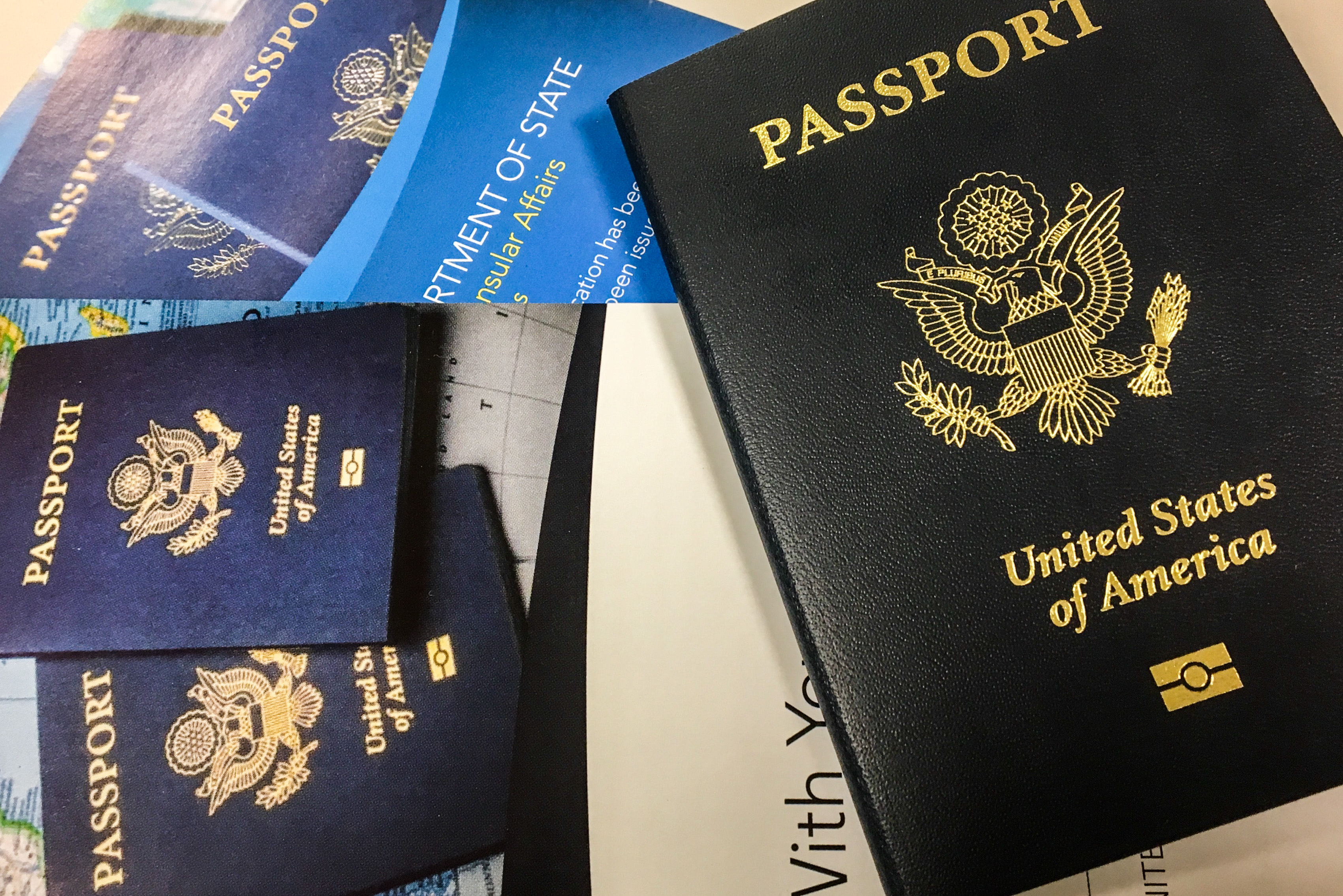Every year, hundreds of Americans arrive in Vietnam airports expecting to get their visa on arrival—only to be turned away due to a small mistake.In 2025, Vietnam’s entry policies are …

Confused about which Vietnam visa to choose in 2025? Between eVisa, Visa on Arrival (VOA), and consular visa, many U.S. travelers aren’t sure which option suits their trip best—especially with recent policy updates. In this article, we’ll break down the strengths and weaknesses of each option and explain why VOA might still be the most efficient route for urgent travel.
American citizens planning to visit Vietnam in 2025 have three main types of visa to consider: eVisa, Visa on Arrival (VOA), and visa through the Vietnamese embassy (consular visa).
eVisa is now significantly improved. In 2025, it supports both single and multiple entries, and travelers can select durations ranging from 30 to 90 days. The application process is online, and some agencies even offer expedited processing. However, even urgent eVisa applications typically take 1–2 business days, and approvals are not guaranteed to arrive on time.
Visa on Arrival (VOA) remains a flexible and reliable option. It requires an Approval Letter (ordered online), but once approved, you get your visa directly at the airport. VOA is highly suitable for travelers with tight timelines, and approval letters can be issued in as little as 2–8 hours, depending on urgency.
Consular visa is best for long-term stays or non-standard travel purposes. You’ll need to visit or send your documents to a Vietnamese embassy or consulate in the U.S., and the process typically takes 5–10 working days or more. It’s less convenient for short-term or last-minute travel.

eVisa
Pros: Fully online process, now supports multiple entries, flexible duration from 30 to 90 days, and valid at both airports and select land/sea ports.
Cons: “Urgent” service still takes 1–2 working days; limited flexibility for unexpected changes; no guaranteed refund if rejected.
Visa on Arrival (VOA)
Pros: Fastest option for urgent travelers (approval letter within hours); suitable for both single and multiple entry; can be arranged last minute; only passport copy needed online.
Cons: Valid for airport entry only; not usable at land borders; requires printed approval letter and cash (USD) for stamping at the airport.
Consular Visa
Pros: Ideal for long-term, work, or special-purpose visits; usable at all entry points.
Cons: Slow processing time; requires mailing or in-person submission; not practical for spontaneous travel.
Absolutely. While eVisa has become more versatile, VOA remains the fastest and most adaptable solution—especially if you need a visa on short notice. Approval letters are delivered digitally within hours, and you can board your flight the same day.
As of 2025, VOA is valid for entry at key airports such as Hanoi (Noi Bai), Ho Chi Minh City (Tan Son Nhat), Da Nang, Nha Trang, and Phu Quoc. It’s not available for land or sea crossings, so it’s best for air travelers only.
Immigration officers now expect applicants to follow procedures carefully. That means arriving with a printed approval letter, correct photo size (4×6 cm), completed entry form (NA1), and exact USD cash for the stamping fee.

Even though eVisa is now more robust, VOA still holds a clear edge for certain situations:
In all of these cases, VOA offers speed, flexibility, and peace of mind that eVisa—despite improvements—still can’t match when time is tight.
Here’s a quick breakdown:
If you’re flying to Vietnam soon and need a visa fast, don’t gamble on eVisa delays. Instead, apply for your VOA through a trusted agency like VietnamImmigration.com—their professional support, 24/7 assistance, and emergency approval services make sure you won’t miss your flight.
👉 Apply here now: VietnamImmigration.com

Every year, hundreds of Americans arrive in Vietnam airports expecting to get their visa on arrival—only to be turned away due to a small mistake.In 2025, Vietnam’s entry policies are …

